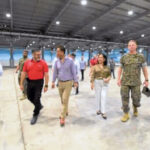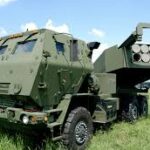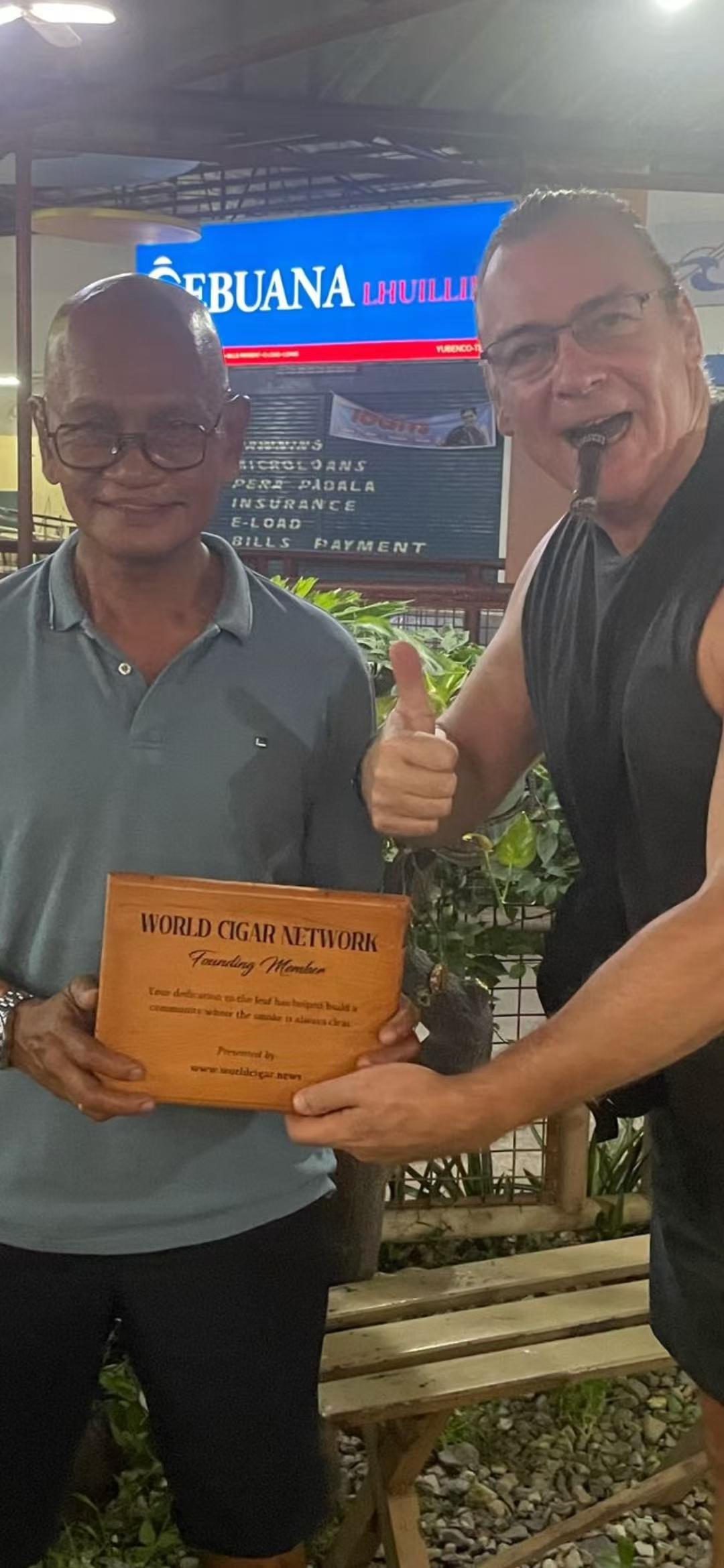Luke Allen
Military Political Analyst
Makati, Manila
lukeallenmanila@journalist.com
Zamboanga, a bustling city, is no stranger to natural and man-made disasters. From typhoons and earthquakes to political unrest, the region has faced numerous challenges. As we look ahead, to the coming typhoon/rainy season, it is crucial for residents to adopt a mindset of preparedness and resilience. This article will explore essential strategies for surviving the next disaster to hit Zamboanga.
The first step in disaster preparedness is understanding the specific risks that Zamboanga and your local area faces. The region is prone to a variety of natural disasters, including typhoons, earthquakes, and floods. Being aware of these risks allows residents to prepare more effectively.
A well-stocked disaster kit is a cornerstone of preparedness, It should contain items to last a minimun of 3 days to a 2 week supply. Two weeks is ideal as it gives you the time for help to arrive. Essential items to include are:
Water and Food: Store at least a three-day supply of water (one gallon per person per day) and non-perishable food. Dry or canned.
First Aid Supplies: Include bandages, antiseptics, medications including medications your currently taking, and any necessary medical equipment that you need.
Tools and Supplies: Flashlights, batteries, multi-tools, extra batteries and blankets are crucial. Tarps are good to have as they can shelter.
Personal Documents: Keep copies of important documents such as IDs, insurance papers, OCR’s birth certificatess and medical records in a waterproof container.
Communication Devices: A battery-powered or hand-crank radio,with, and a fully charged power bank for mobile phones.
A comprehensive emergency plan ensures that all family members know what to do and where to go during a disaster. Key components of a family emergency plan include:
Communication Plan: Establish how family members will contact each other and where to meet if separated.
Evacuation Routes: Identify multiple evacuation routes and safe locations both within and outside the city.
Roles and Responsibilities: Assign specific tasks to each family member, such as who will gather emergency supplies or care for pets.
Information is power during a disaster: Keep in mind internet could just stop working in your area as could your cell phone. Stay informed about potential threats through multiple channels:
Government Alerts: Subscribe to local government alerts and warnings.
News Outlets: Follow reliable news sources for updates on weather conditions and safety instructions.
Community Networks: Engage with local community groups and social media platforms to share and receive real-time information.
Individual preparedness is vital, but community resilience can significantly enhance survival and recovery efforts. Building a network of support within your community can make a difference. Participate in local disaster preparedness programs and workshops. Encourage neighbors to create their own emergency plans and kits. By fostering a culture of preparedness, the entire community can become more resilient.
Surviving the immediate impact of a disaster is only the first step. Recovery can be long and challenging. Here are steps to facilitate a smoother recovery process:
Assess Damage: Carefully evaluate your home and surroundings for safety hazards before returning. Its not going to help you if your surroundings are unsafe.
Seek Assistance: Utilize local and national relief services for food, shelter, and medical care.
Mental Health: Acknowledge the emotional toll of a disaster and seek support from counselors or support groups.
While we cannot always predict when the next disaster will strike, we can certainly prepare for it. Through collective effort and vigilant planning, Zamboanga can face future challenges with strength and unity.















